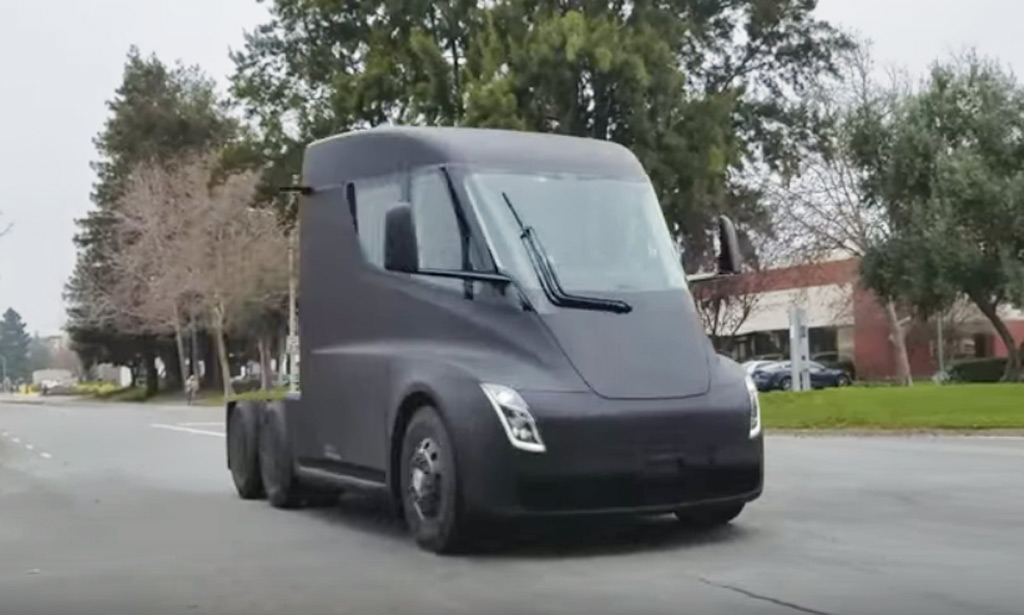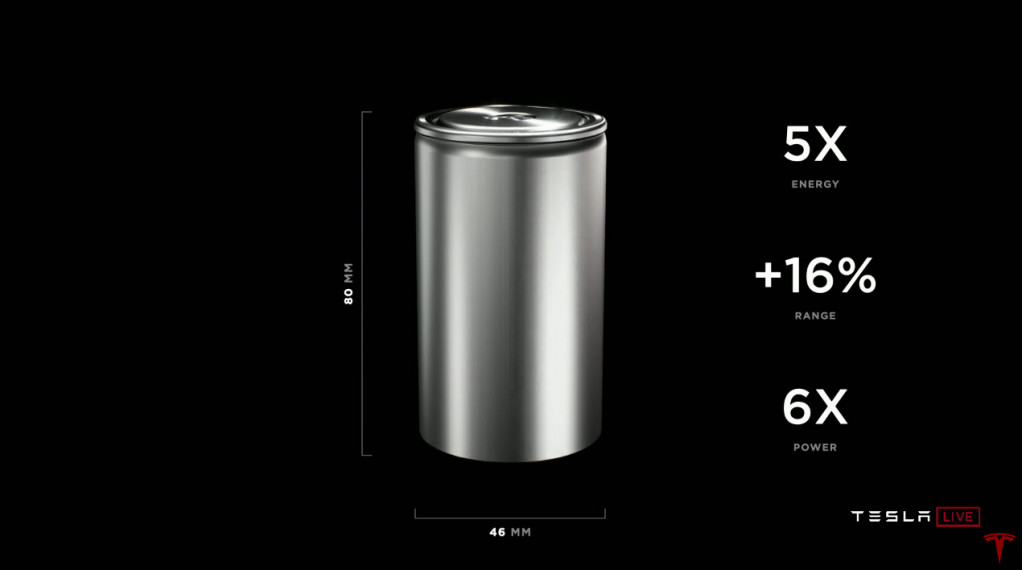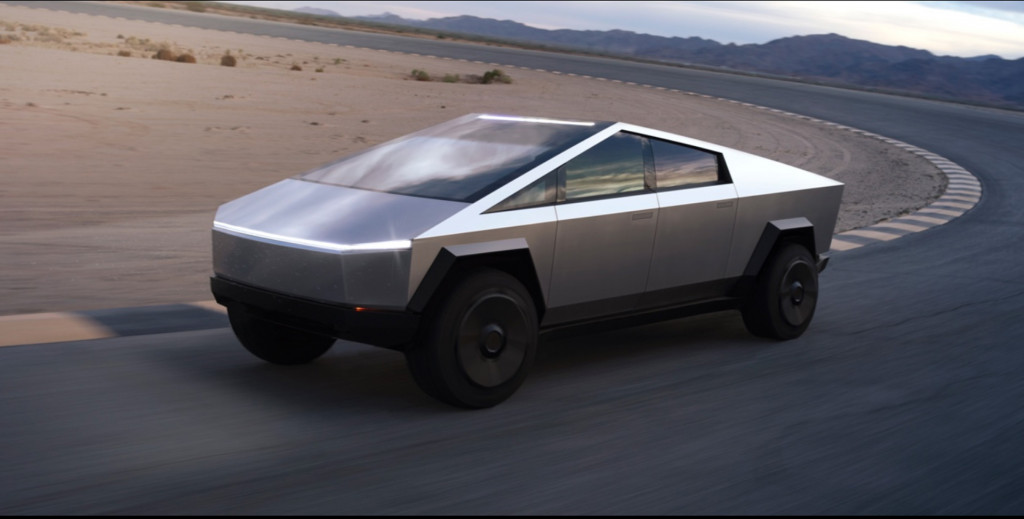Tesla plans to deliver its first Semi by the end of 2021, it announced in its quarterly update Wednesday. What will allow the company to resume the Semi project is something the company hasn’t discussed much since its Battery Day last September: its new-format 4680 cell.
And battery supply, the longtime production choke Tesla has had to balance decisions against, is the reason.

Prototype for Tesla Semi electric semi-trailer truck
“If we were to make the Semi like right now...we would not have enough cells for it right now,” CEO Elon Musk said, pointing to the need for five times as many cells for the Semi as for a car. Tesla will have cells for the Semi, he explained, when it’s producing the 4680 cells in volume.
At Tesla’s Kato Road facility, work on the new cells is progressing and a team “has been able to solve each manufacturing problems presented to date and continues to improve yield and rate week over week and month over month as we move up the production S curve,” explained Tesla engineering VP Drew Baglino.

Tesla Battery Day vertical integration overview
Baglino noted that the refining of designs and deepened understanding has reinforced their confidence in the design meeting performance and cost targets.
At the facility, they’re nearing volume production, with 10 gigawatt-hours’ worth of equipment. “The production staff is nearly all hired, our material supply chain is established and the team is on track for full production ramp this year,” Baglino reported. “Meanwhile, we've developed enough engineering confidence with our 4680 design and the production process and equipment to kick off manufacturing equipment and facility construction to support our 100-gigawatt-hour 2022 goal.”

Cross-section of future Tesla cell
“The reason Tesla is doing its own cell production is in order to accelerate the growth,” said Musk. “It is not to make less use of our cell suppliers; Tesla wants to increase purchases from suppliers...we will take as many batteries as they can produce.”
Some cell producers have seemingly responded to that call, which Musk has made before. LG Chem announced in October that it would triple cylindrical cell production for EVs, including “new form factor” cells. Panasonic president Kazuhiro Tsuga said earlier this month that it’s currently helping develop the new-format cells, though he reportedly called it “difficult.”

Future Tesla cell will make energy, power gains
Tesla is talking to cell suppliers about using the new 4680 form factor, Musk said, but it’s not required they migrate to it because that would result in fewer available cells.
The new tabless cylindrical cells completely eliminate the need for cobalt, and could result in a 54% boost to energy density and range. The company argues that within an approximately three-year timeframe it could cut the cost per kwh by 56%.

Tesla Cybertruck
Tesla hasn’t yet said which product it plans to use the 4680 cell in, but last year at its Battery Day Musk and Baglino suggested that it would go into the more demanding, energy-dense applications. Musk has since made comments that all but confirm it for the Semi; the heavy Cybertruck would make sense, too. If, that is, the cells’ production ramp continues to go so well.













